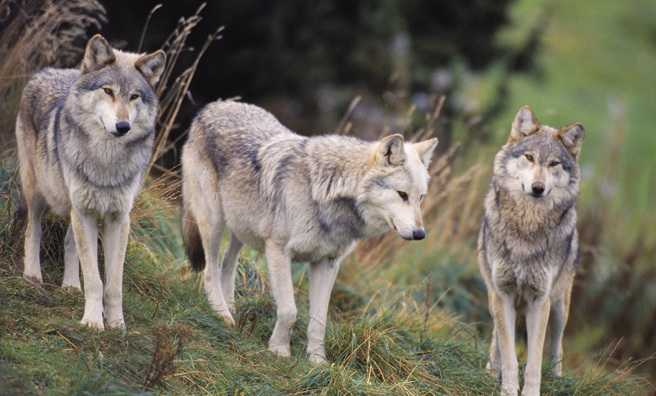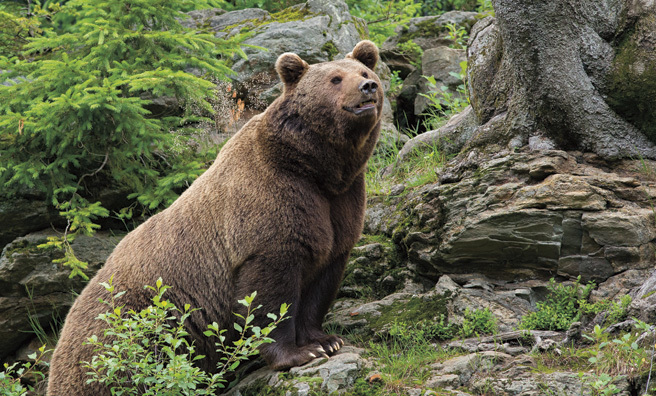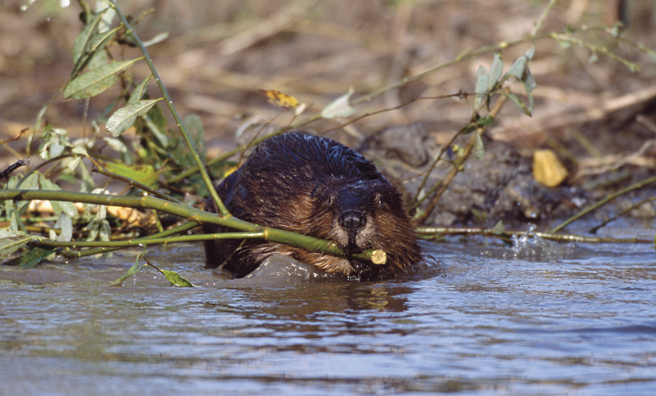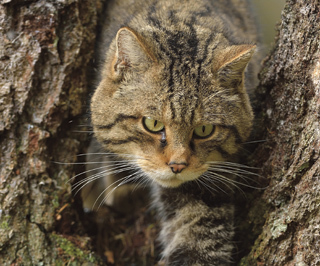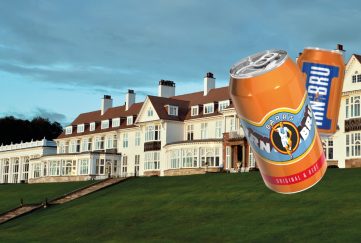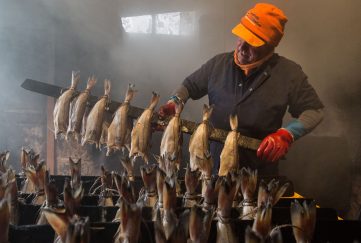Rewilding Scotland
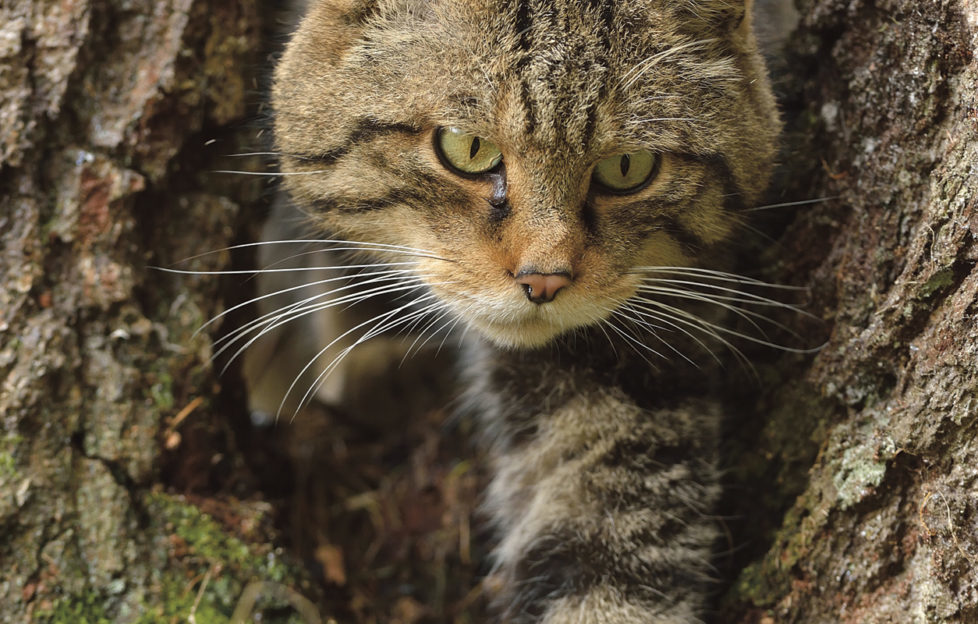
Rewilding is a buzzword I don’t much care for, and now that I think about it, so is “buzzword”.
On the other hand, if it were proved that a buzzword like rewilding helps get the job done because the 21st century likes to brandish buzzwords when it goes to work, then it would be churlish to complain.
According to George Monbiot, whose book Feral has acquired almost biblical status among rewilders (what do you mean, there’s no such word? – rewilding entered the dictionary in 2011). He cites several definitions he doesn’t much care for, and two that he does.
So already, and as with “wild” and “wilderness” agreeing upon a single definition has proved more difficult than putting into practice the simple idea that spawned the word. I am bemused on nature’s behalf.
All kinds of people have their own definition of wildness. One of the more plausible is from Dick Balharry, former Nature Conservancy Council visionary who drove the conservation initiative that transformed Creag Meagaidh from lochside to plateau; he thinks wild land in Scotland is defined by the distribution of the golden eagle.
The sublime Scottish poet Kathleen Jamie was succinct:
Wild means stones barely
clothed in flesh, but that’s rich
coming from me…
(She’s a very slim poet as well as a sublime one.)
The “Wild Land” map newly produced by Scottish Natural Heritage so that it might influence Scottish Government policy in terms of protecting certain landscapes from development, seems to me troublingly dismissive of the east and south. If you push further for a definition of “wild”, sooner or later you come up against the brick wall that is SNH bureaucracy, which justifies the definition formalised in its map by citing what it considers to be the four essentials of wild land. These are:
“The perceived naturalness of the land cover; the ruggedness of terrain, therefore challenging to cross; remoteness from public roads or ferries; the visible lack of buildings, roads, pylons, and other modern artefacts.”
The problem with these four essentials is that nature has no say in the matter
The problem with these four essentials is that nature, which not being a bureaucrat has no say in the matter, would appear to disagree with three out of four. Let’s have natural land cover by all means. But insistence on rugged terrain suggests that wildness cannot be flat or Lowland or in the east, and remoteness from public roads and ferries has never been a thing nature has insisted on. Witness the sea eagles, otters and seals that frequently delight passengers on, say, the Glenelg ferry, the porpoises that play around inter-island ferries, and the animals that appear in our headlights and under the wheels of our cars. Three of the four wildcats I have ever seen were crossing roads, two in Sutherland and one near Killin.
As for the visible lack of buildings, etc, that will be a great disappointment to the pine martens and red squirrels, for example, that feed well in back gardens.
What about somewhere like the Tay estuary, which accommodates dolphins, porpoises, sea eagles, ospreys, marsh harriers in its internationally important reed beds, vast numbers of waders, seals, a pink-footed goose roost, and up to 20,000 wintering eider ducks? All of these are no less wild because Perth sits at the estuary’s western end and Dundee at its mouth. But it is not on the SNH map.
Then there is this, which demonstrates the point of view that underpins SNH’s approach to wildness: “Wildness is a quality experienced by people when visiting places of a certain character.” So the whole exercise is about people’s perceptions of what is wild, not of nature’s take on the subject. Translate that into conservation action, also known as rewilding, and what do you have? Well, among other things, you have beavers.
The beaver project orchestrated by SNH in Knapdale is rewildling by bureaucrat. Every beaver is tagged, bugged, monitored, activity fed into the consultation process that allows for representation by bodies within the landowning fraternity that disapprove of everything that threatens the anachronistic status quo of the “sporting” landscape.
One project has cost £2million, the other nothing at all
Nature’s beaver project in the River Tay catchment is simply an opportunity created by human carelessness, mischievousness or both, but it has created something utterly wild in a landscape that is mostly not on the SNH map. These were actually referred to as “illegal beavers” yet all they are doing is behaving like wild beavers, and there is the essential difference. That and the fact that one project has cost £2million, the other nothing at all.
Nature conservation is worse than useless if it is conducted exclusively within the terms of reference of what suits people. At its most effective, it removes obstacles to give nature its head, then allows nature to make the most of the new circumstances. When I interviewed Dick Balharry at the height of the Creag Meagaidh project about 30 years ago, he referred to the much-criticised regime of deer-killing as “giving nature a kick-start”. When I asked how many deer would be killed he answered that they weren’t counting deer, they were counting trees. When the native mountain birchwood was healthy again, that would indicate the number of deer the mountain could sustain. There are situations where things have got so bad that the kick-start is necessary to permit nature to take over in the first place.
Species reintroduction comes into that category. Right now, much of Scotland, including areas not on the SNH map, is coming to terms with the increasingly vigorous presence of sea eagles. Others in east Perthshire and north Angus have beavers on the doorstep. Both have already begun to contribute towards nature’s perpetual goal of a healthier, more diverse – and wilder – ecosystem.
The truth is that unless and until we reintroduce wolves, nature’s opportunities to spread the gospel of wildness are limited. In a northern hemisphere country, if the wolf is in place, then everything in nature can make sense. Without it, almost nothing makes sense because people try to fulfil the role of top predator. We are demonstrably not very good at it, because across vast swathes of Scotland nature is denied opportunities to prosper.
Putting the wolf back requires legislation, at which point politics gets in the way and the government of the day wonders bleakly how many votes there are in wolves as if that was the only yardstick. (The answer is, probably significantly more than you might think.) Legislation in favour of wolf reintroduction would require bold, visionary advice, but alas, the advisors work for Scottish Natural Heritage, a rarefied environment in which boldness and vision are routinely starved of oxygen. After all, it thinks wildness is a quality experienced by people visiting places of a certain character, when in fact wildness is a quality experienced by nature unimpeded by people.
Which brings us to the really hard part. How do we persuade the people to turn our historic relationship with nature on its head? How do we persuade them to watch and learn from nature instead of insisting that it does what people tell it to do? And who does the persuading if the Scottish Government’s advisers won’t?
“There is already a burgeoning coalition of the willing…”
Stuart Brooks, chief executive of the John Muir Trust, wrote in the spring edition of the trust’s journal:
“There is already a burgeoning coalition of the willing… Rewilding is not about turning the clock back but about finding a new, wilder future – a new-wilding if you like.”
The more progressive conservation organisations like the Trust and the RSPB have given voice to the enormity of the endeavour. The RSPB talks of a 200-year vision for the full transformative effect of its policies in somewhere like Abernethy. Stuart Brooks wrote: “…We want to help establish a more cohesive context for species reintroduction based on what is possible as well as desirable.”
So perhaps then, it falls to the burgeoning coalition of the willing to make the case to the Scottish Government for, in Brooks’s words, “change to be implemented at the necessary scale to make the difference”.
The coalition of the willing extends to nature too. We have first-hand testimony of the eagerness of beaver, sea eagle and red kite. Waiting in the wings are the lynx, the European brown bear and the wolf. Novelist and poet Mandy Haggith has outlined a vivid, plausible account of an independent Scotland considering and deciding against the reintroduction of bears. Her 2012 novel, Bear Witness, offers an intriguing narrative of what happens next.
Doug Smith’s account of the first 10 years of wolf reintroduction at Yellowstone, Decade of the Wolf, reveals the spectacular, often unforeseen benevolence that has coursed through the national park, a new infusion of lifeblood that feeds endless opportunities for a vast array of species and for the very land itself.
Rewolfing Scotland should be simple by comparison. Rewolfing – now there’s a word. I think the time has come for the coalition of the willing to get its act together on behalf of all wildness, wherever it graces our land.
- Wolves make everything in an ecosystem make sense
- The European brown bear is waiting in the wings
- “Illegal beavers” just do what comes naturally
Rewilding Facts
- The word rewilding entered the dictionary in 2011
- Without the wolf, people try to fulfil the role of top predator


